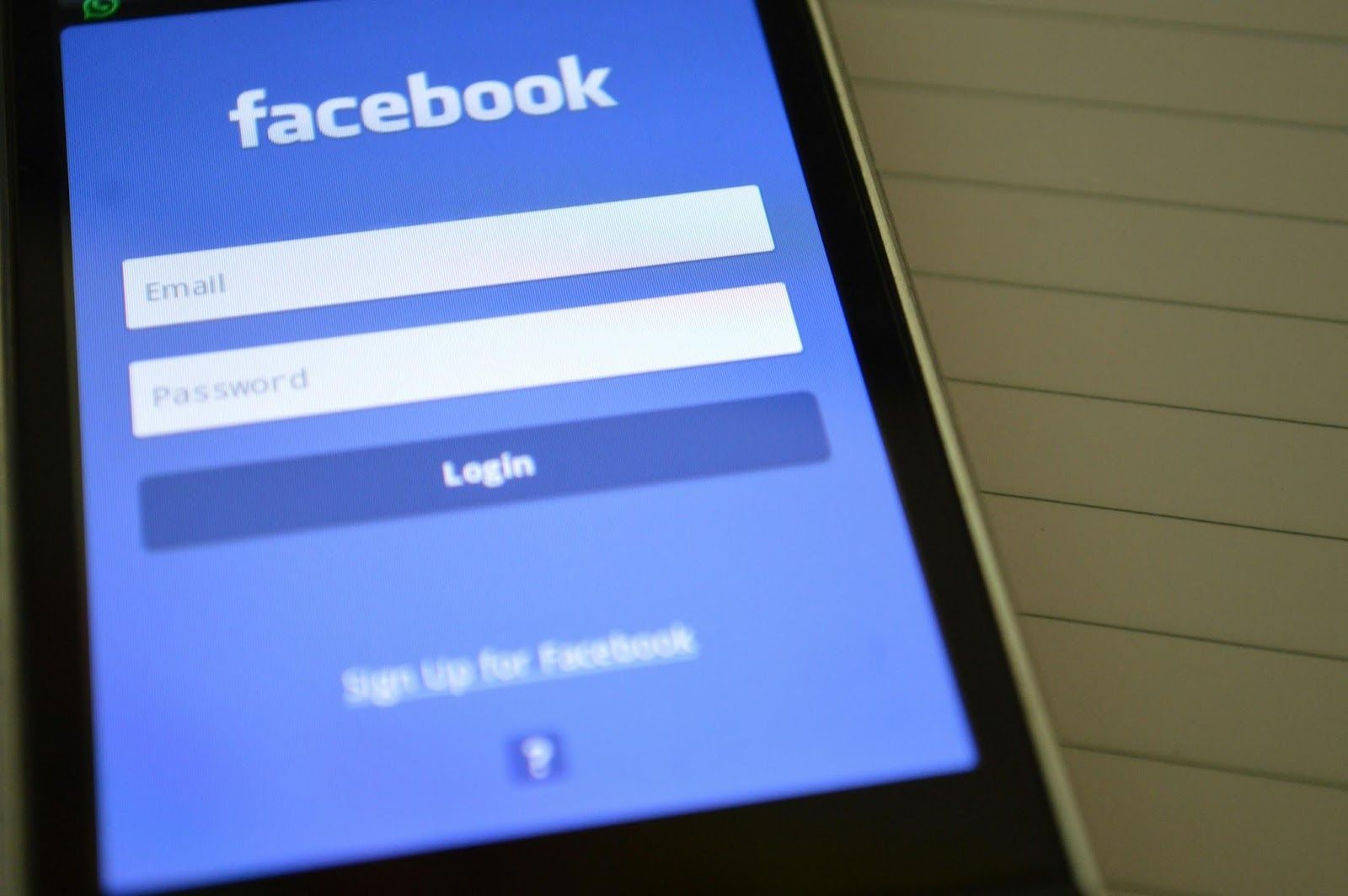Timeless words
You would not be reading this sentence if it weren’t for this technology
Published on August 1, 2025
 Credit: Joanna Kosinska
Credit: Joanna Kosinska
Writing has come a long way since the days of clay tokens and etched stone tablets. What started as simple marks to track trade has evolved into a tool for storytelling, record-keeping, and instant messaging. Along the way, alphabets, paper, printing presses, typewriters, and touchscreens have all helped to shape the way we communicate. Take a look at 14 cultural and technological milestones that brought us to where we are today.
Clay tokens
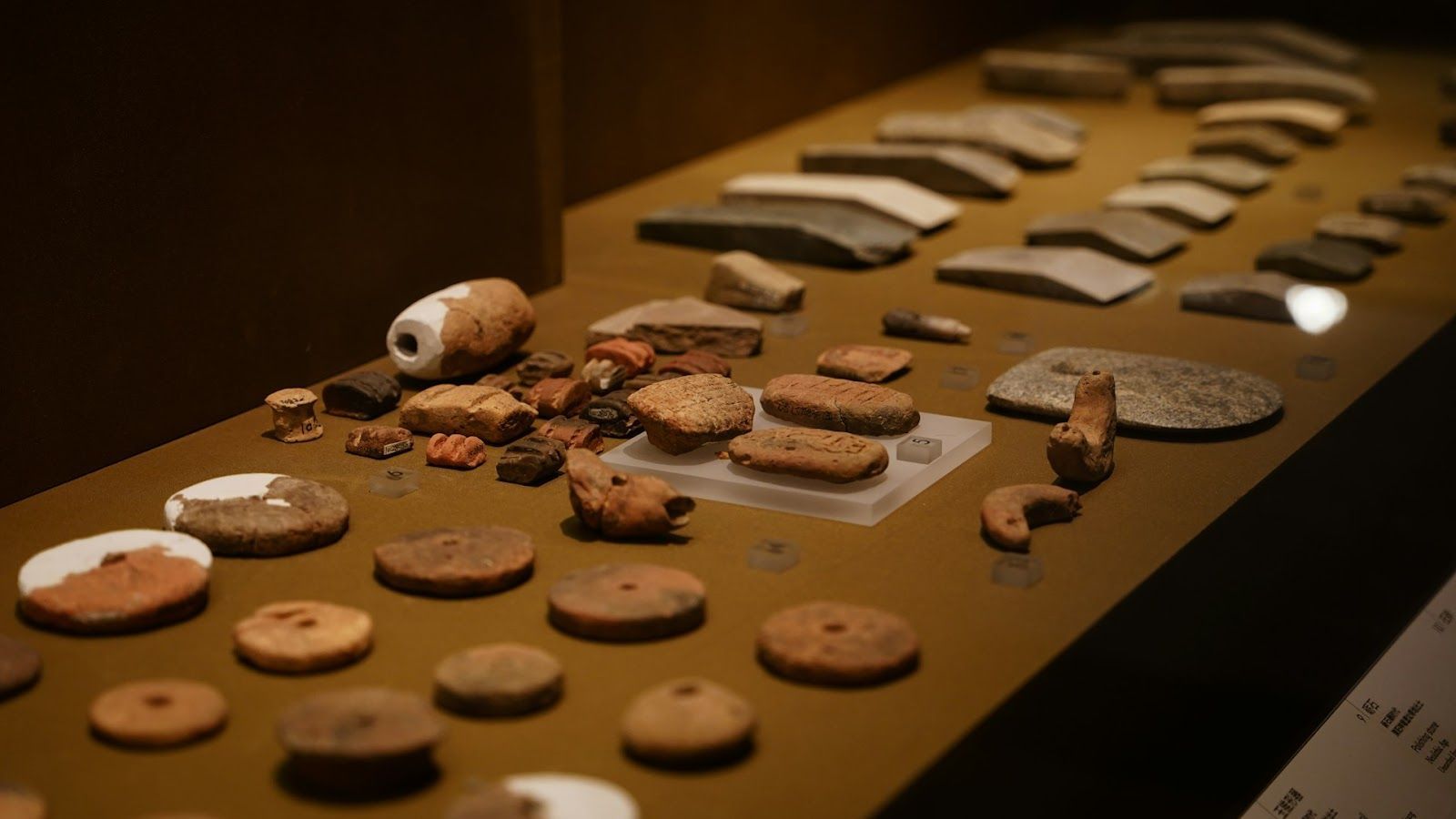 Credit: Ryan Du
Credit: Ryan Du
While individual traces and symbols can be found in earlier cultures, the Sumerians were probably the first civilization to "officially" establish a system that laid the foundation for what we know today as written communication.
Between 8000 and 3500 BCE, clay tokens representing units of goods were used primarily for accounting purposes.
Pictographic signs
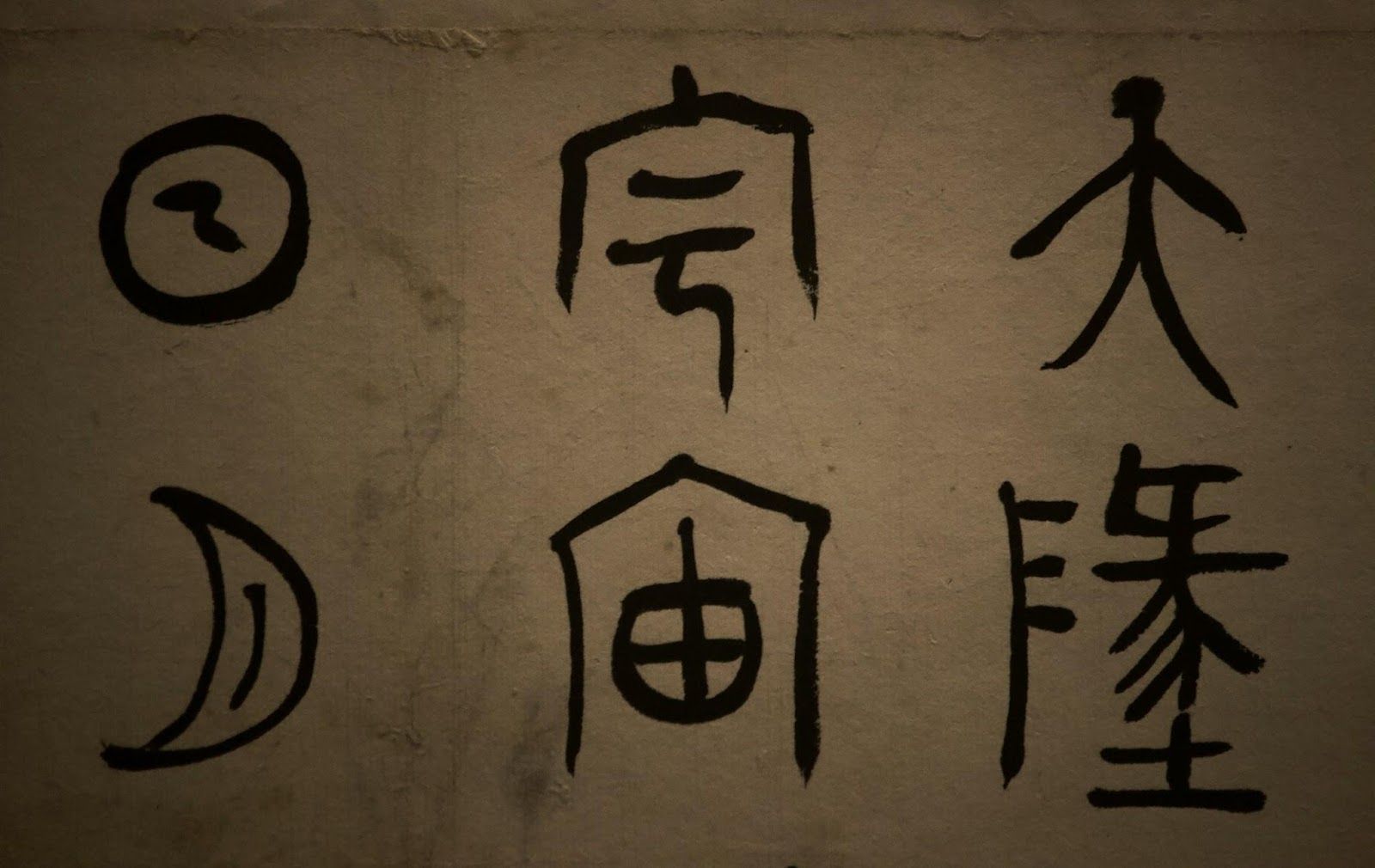 Credit: YH Zhou
Credit: YH Zhou
Between 3500 and 3000 BC, the Sumerians replaced the earlier three-dimensional tokens with two-dimensional pictographic signs.
Like the tokens that came before, this early pictographic script was still used exclusively for accounting purposes—pictographic writing recorded lists of commodities, labor, taxes, and trade.
Phonetic signs
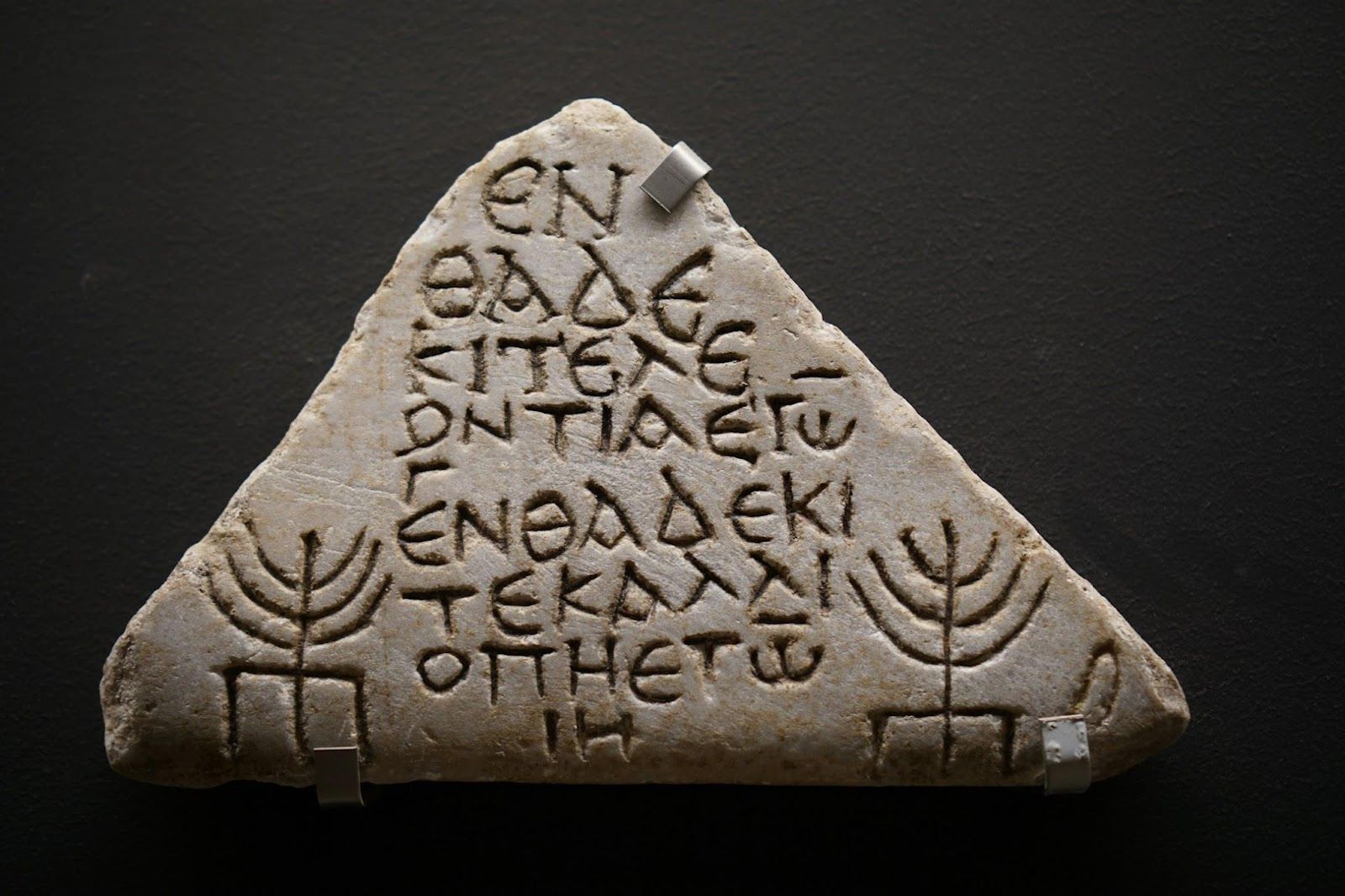 Credit: Qi Xin
Credit: Qi Xin
Between the years 3000 and 1500 BC, the Sumerians introduced phonetic signs and used them to transcribe the names of individuals. This marked a turning point when writing began to emulate spoken language and, as a result, became applicable to all fields of human knowledge.
It expanded from accounting and administration into law, literature, religion, and science.
Alphabet
 Credit: John Jennings
Credit: John Jennings
The fourth major evolution in writing came with the invention of what we now recognize as the alphabet. This early version consisted of about two dozen letters, each representing a single spoken sound.
The alphabet perfected the representation of speech. Following ideography, logography, and syllabaries, it marked a further segmentation of meaning into smaller units, enabling the communication of more specific and abstract concepts.
Papyrus
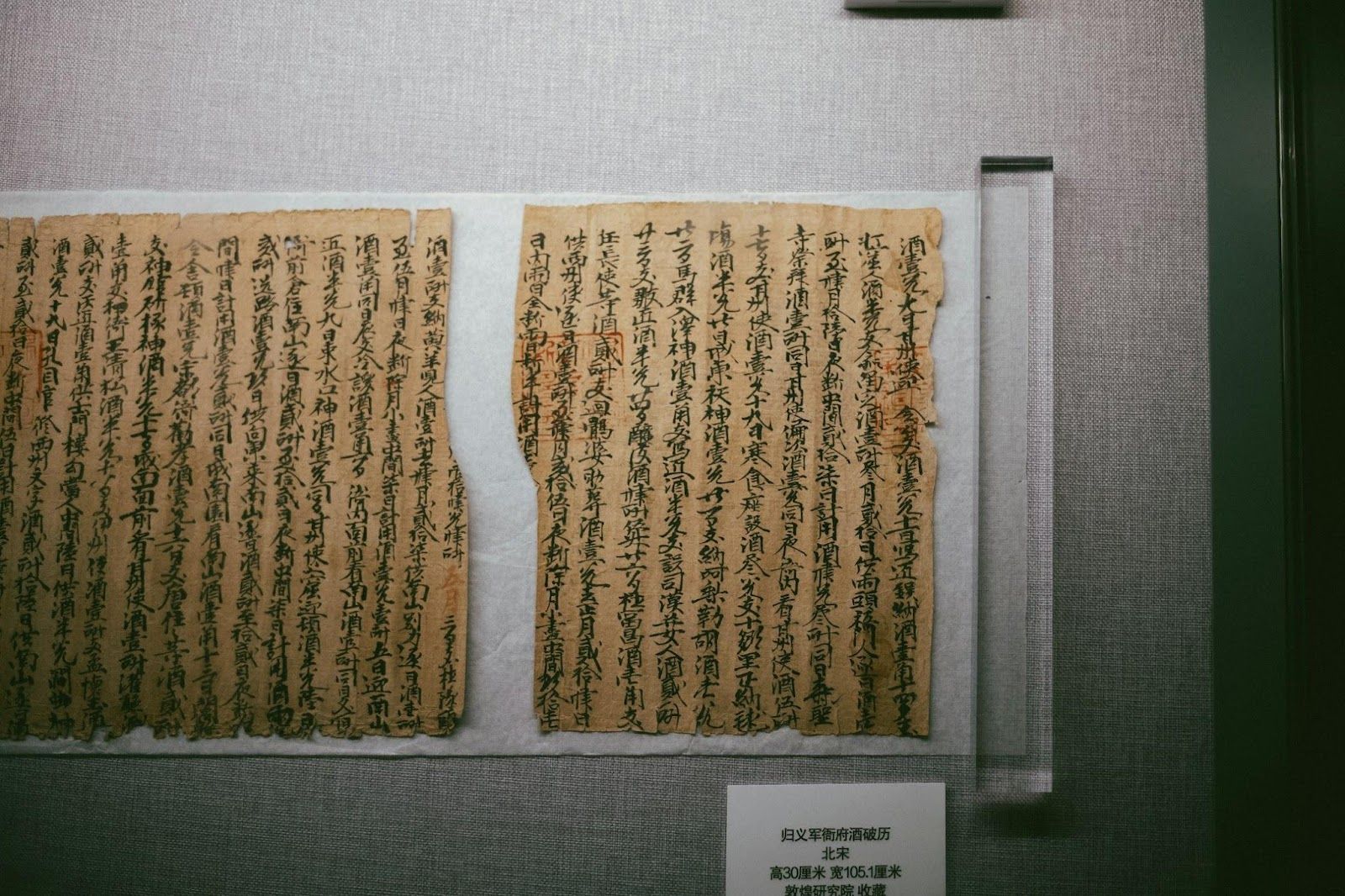 Credit: tommao wang
Credit: tommao wang
First known to be used in Ancient Egypt, papyrus is a material similar to thick paper that served as a writing surface, far easier to transport than stone or even clay tablets. It was made from the pith of the papyrus plant, a wetland sedge abundant in the Nile Delta.
For thousands of years, papyrus was rolled into scrolls for storage. Later in its history, however, it began to be compiled into codices, a format not unlike the modern book.
Parchment
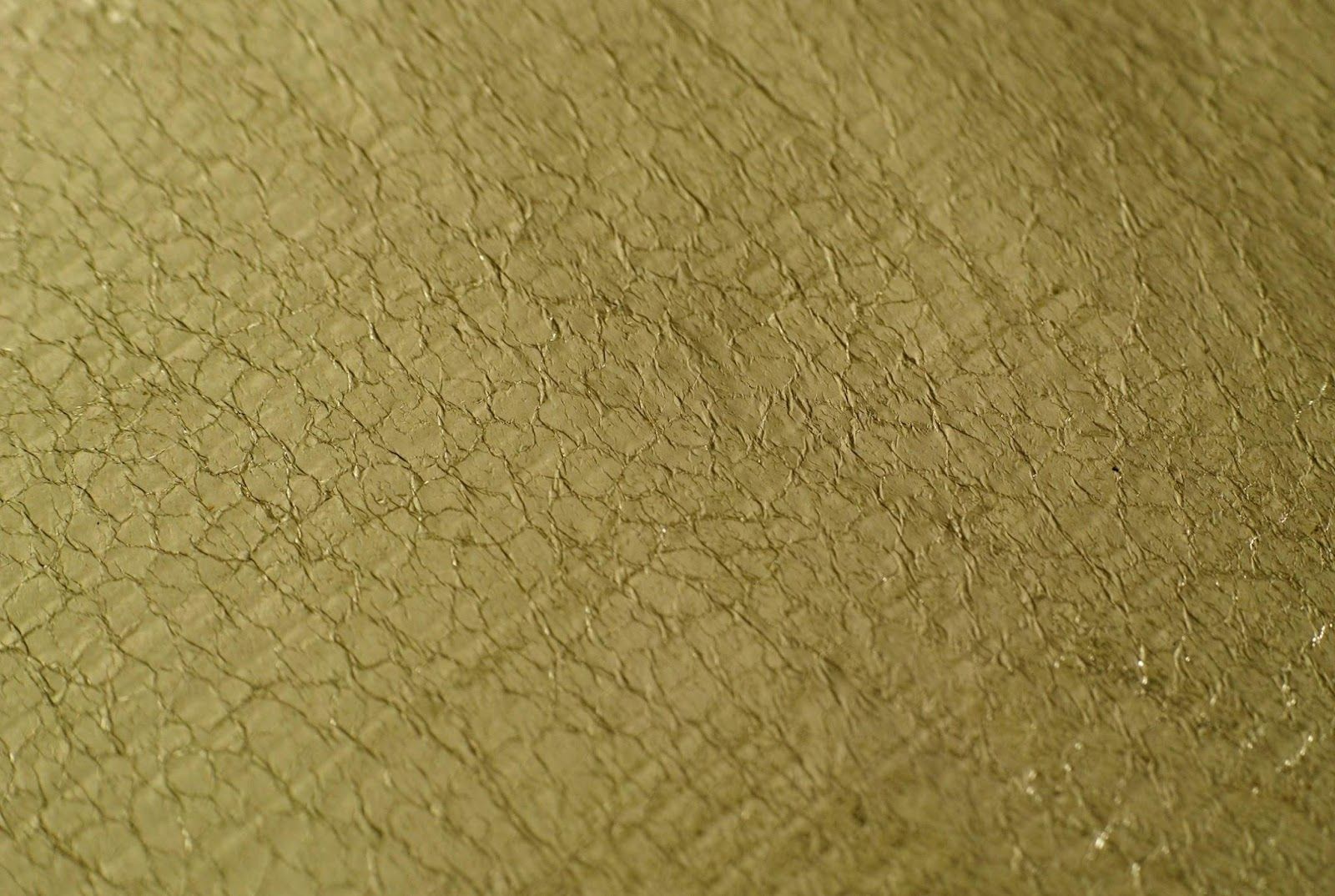 Credit: engin akyurt
Credit: engin akyurt
In Europe, papyrus was gradually overtaken by parchment due to the latter’s greater durability and strength. Like papyrus, parchment could be produced relatively cheaply, scrolled easily, and transported from points of origin, but unlike papyrus, parchment did not crumble with age and could be reused.
These advantages made parchment the preferred writing medium in both the ancient and medieval worlds. Additionally, because both sides of a parchment sheet could be written on, the development of the modern book became possible.
Paper
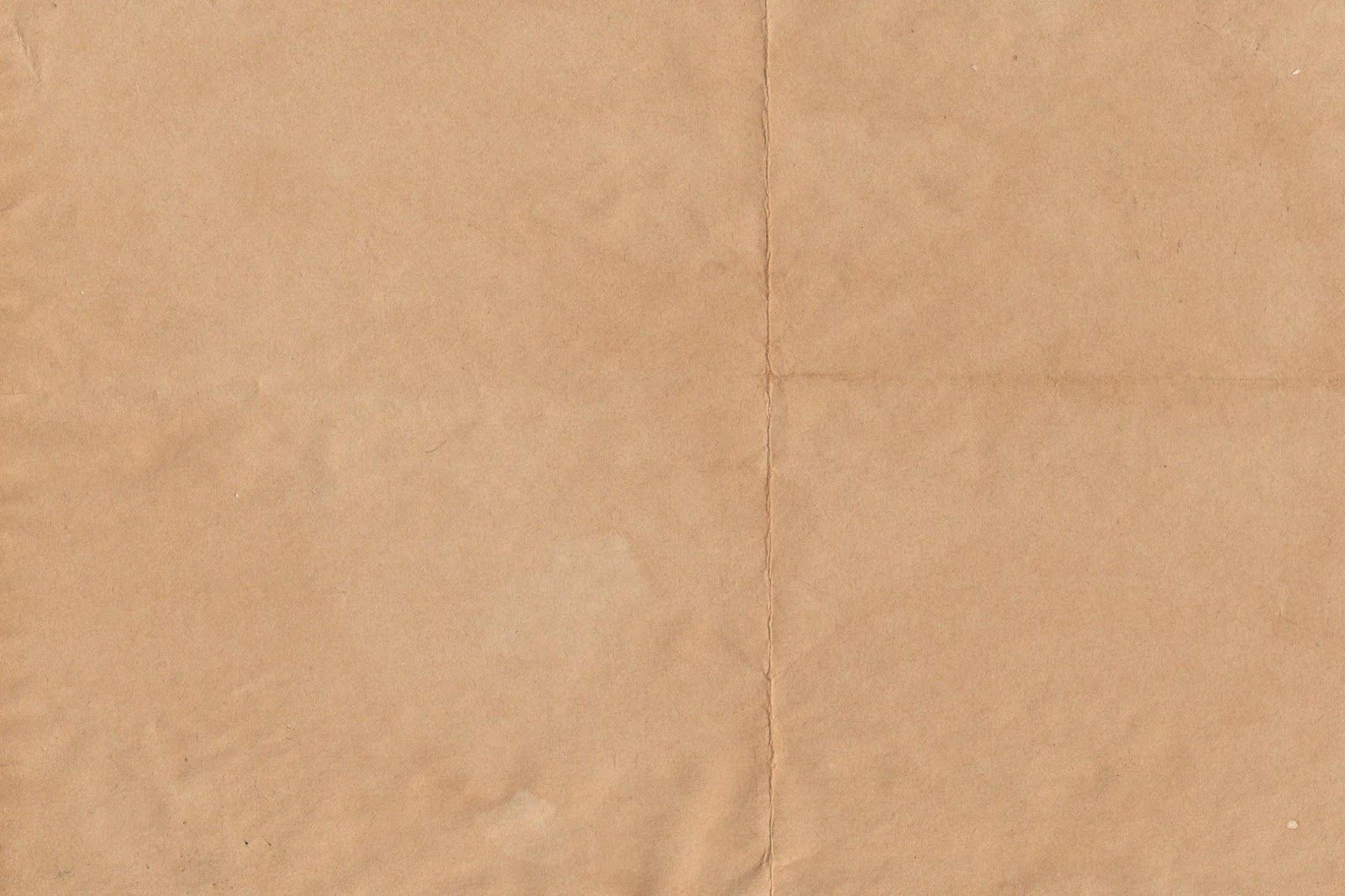 Credit: Ivan Gromov
Credit: Ivan Gromov
Paper, as we know it today, started its days in Ancient China, where court officials recorded for the first time that plant and animal fibers—such as mulberry bark or bamboo—could be processed to produce this new writing medium. From China, the technology spread across Asia, then to the Arab world, and finally to Europe.
Stylus
 Credit: Esther Wechsler
Credit: Esther Wechsler
The Greeks and Romans modified the stylus from a tool used to mark clay tablets into one that could hold ink and apply it to other surfaces. Reeds were initially used for this purpose, and eventually, it was discovered that bird feathers could also hold ink, making the quill the preferred writing instrument for many centuries.
Pencil
 Credit: Thought Catalog
Credit: Thought Catalog
The wooden pencil was an innovative improvement over the stylus because it did not require liquid ink to work. It was also cleaner to use and could be erased.
Early pencils were potentially hazardous since they contained lead, which was not encased in wood, exposing users to lead poisoning. By the 18th century, pencil makers developed a safer manufacturing process that combined powdered graphite with clay, which was then baked, formed into sticks, cut, and glued into wooden casings.
Printing press
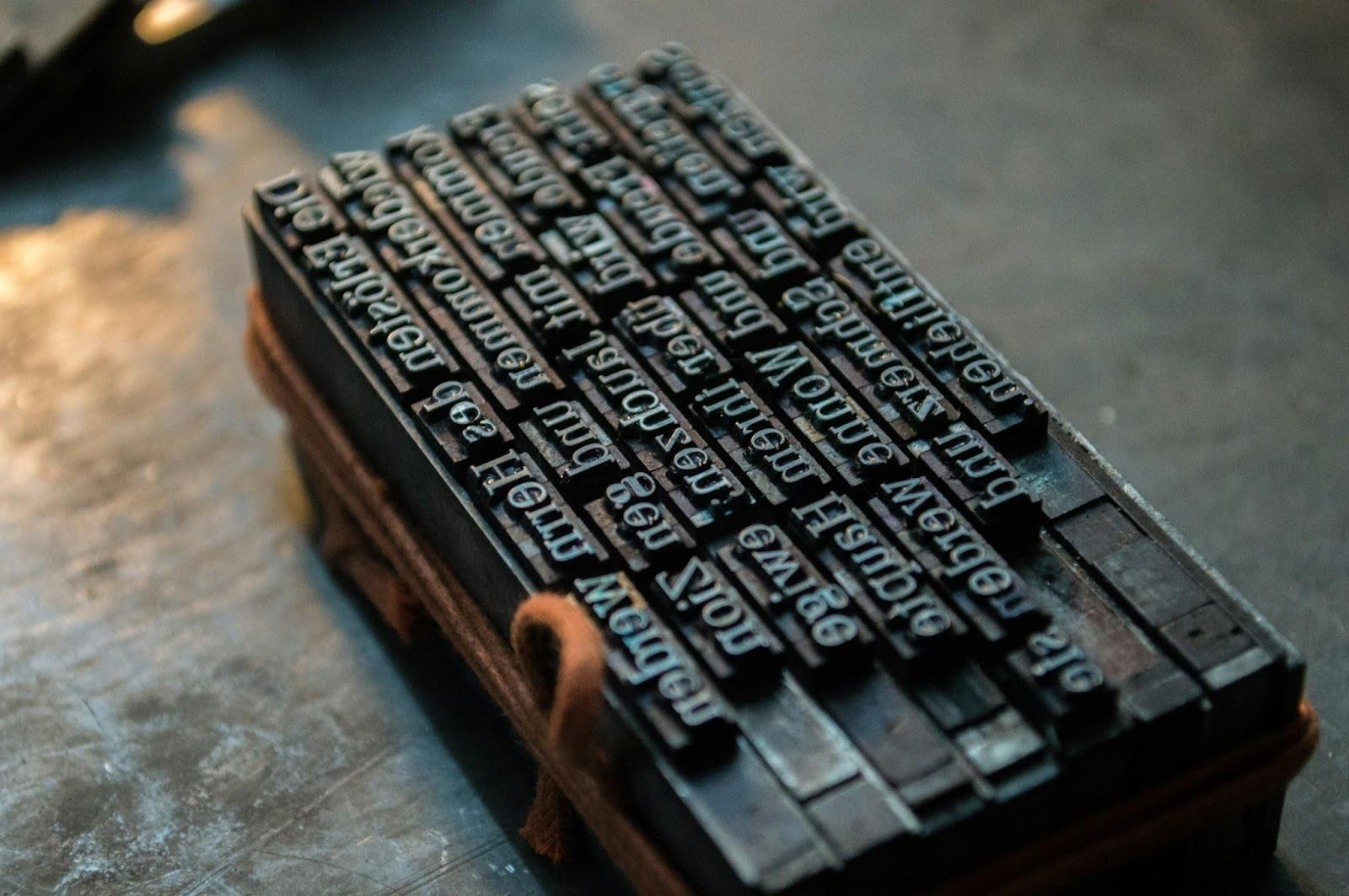 Credit: Hannes Wolf
Credit: Hannes Wolf
The ability to spread written communication on a massive scale became a reality when Johannes Gutenberg invented the movable type printing press in Germany around 1440.
Primarily used for producing texts, the invention and global spread of the printing press was one of the most influential events of the second millennium. A single press could produce up to 3,600 pages per workday, compared to about forty pages by hand printing and just a few by hand copying.
Typewriter
 Credit: Patrick Fore
Credit: Patrick Fore
The first commercial typewriters were introduced in the late 19th century and quickly became indispensable tools for nearly all writing, except for personal handwritten correspondence.
The QWERTY keyboard layout, developed for typewriters in the 1870s, remains the de facto standard for English-language computer keyboards used today.
Word processors
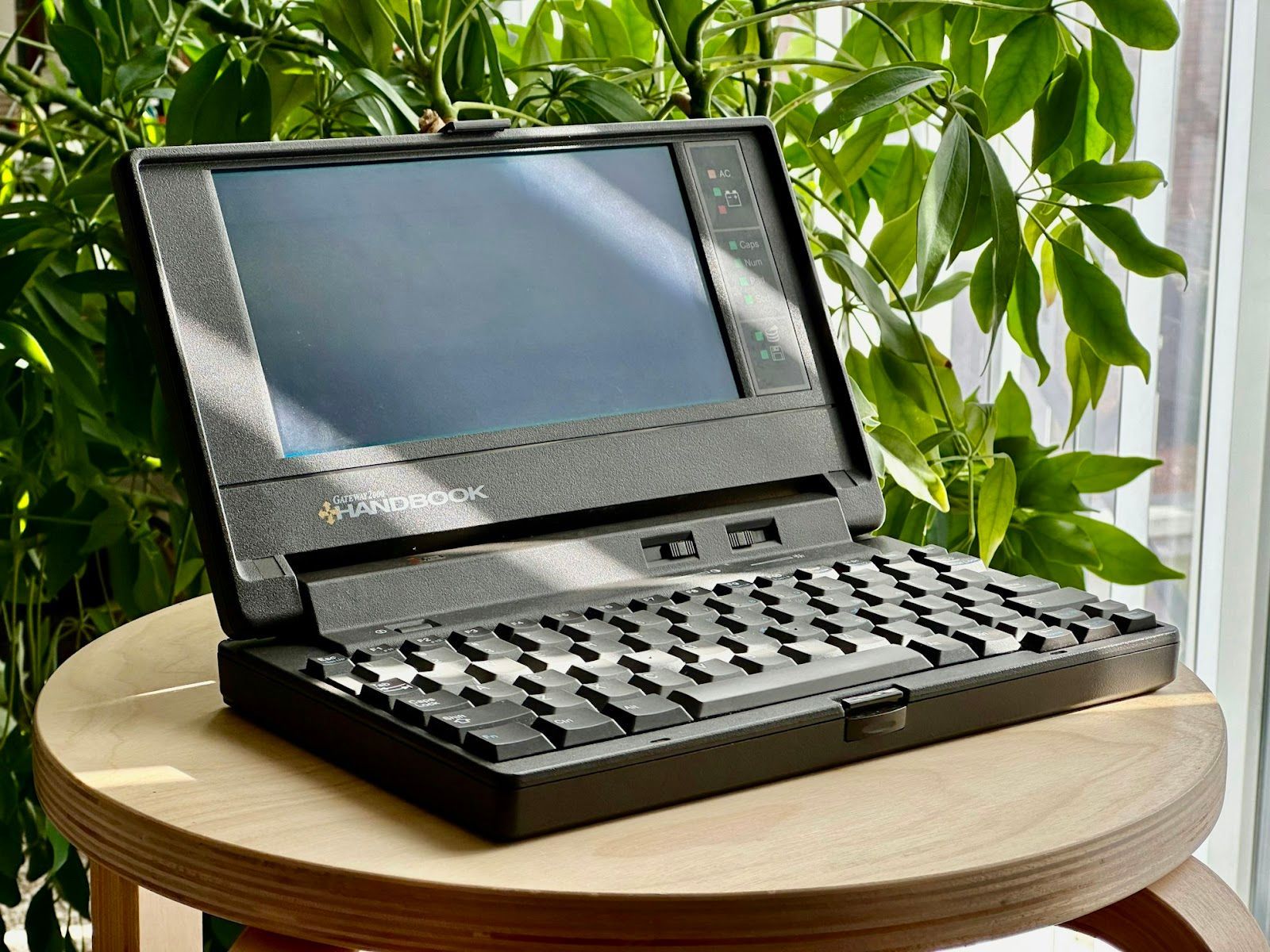 Credit: Ted Balmer
Credit: Ted Balmer
The age of computers gradually phased out typewriters by introducing the ability to rewrite and modify text in any way imaginable, in real time. Since then, word processors have become the standard software used worldwide for creating and editing text in a digital environment.
Voice-to-text
 Credit: Brett Jordan
Credit: Brett Jordan
Speech recognition software, also known as voice-to-text, has allowed us to"write" with our voices by dictating into our smartphones whatever we need to record, much like personal secretaries used to do decades ago.
Mind-to-text
 Credit: srihari kapu
Credit: srihari kapu
Researchers are investigating methods to generate written text by "reading" a person’s brain activity. This technology could prove useful for, among other things, helping individuals with physical disabilities communicate more effectively. A breakthrough that could bring science fiction closer to reality!

